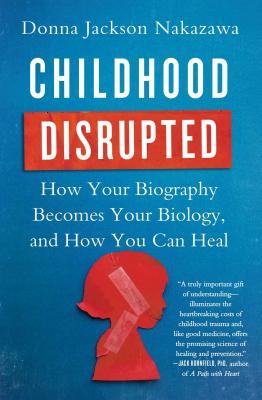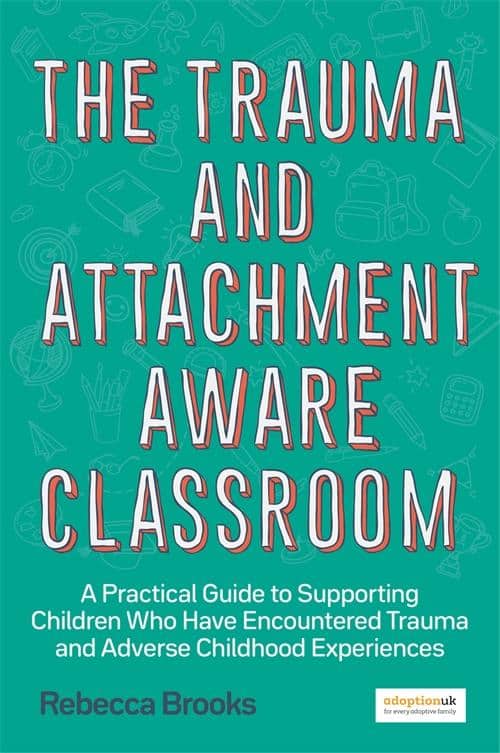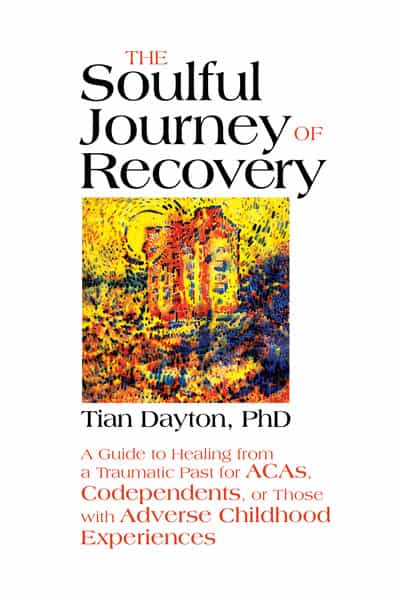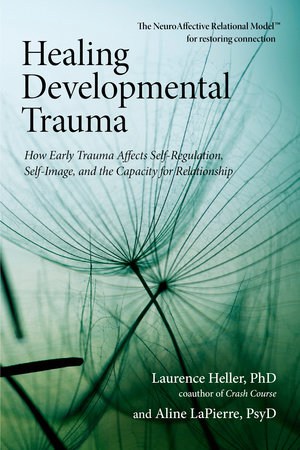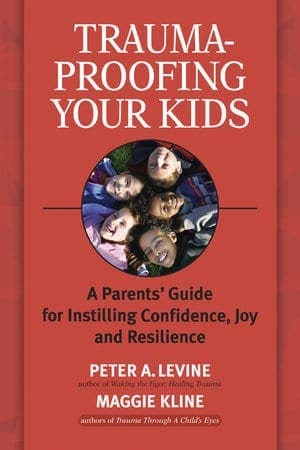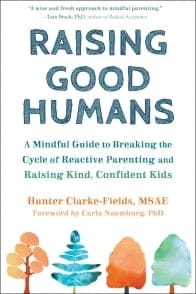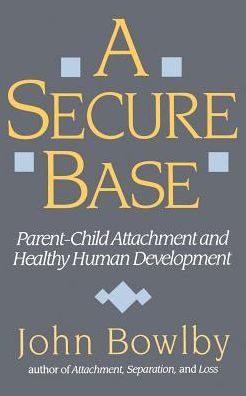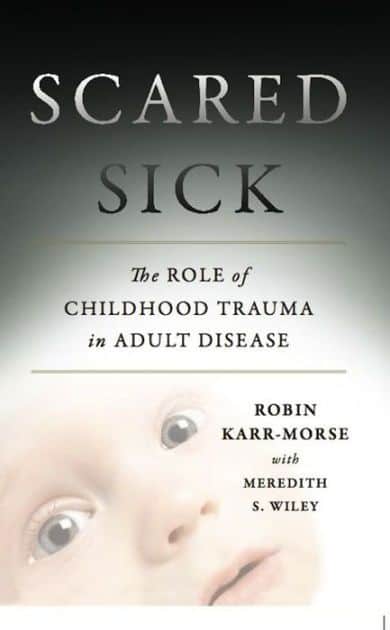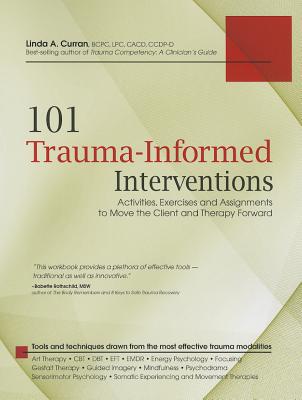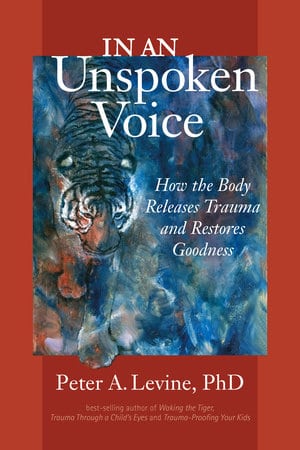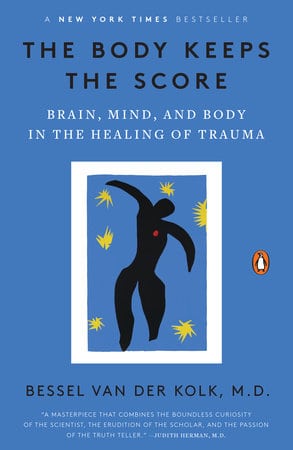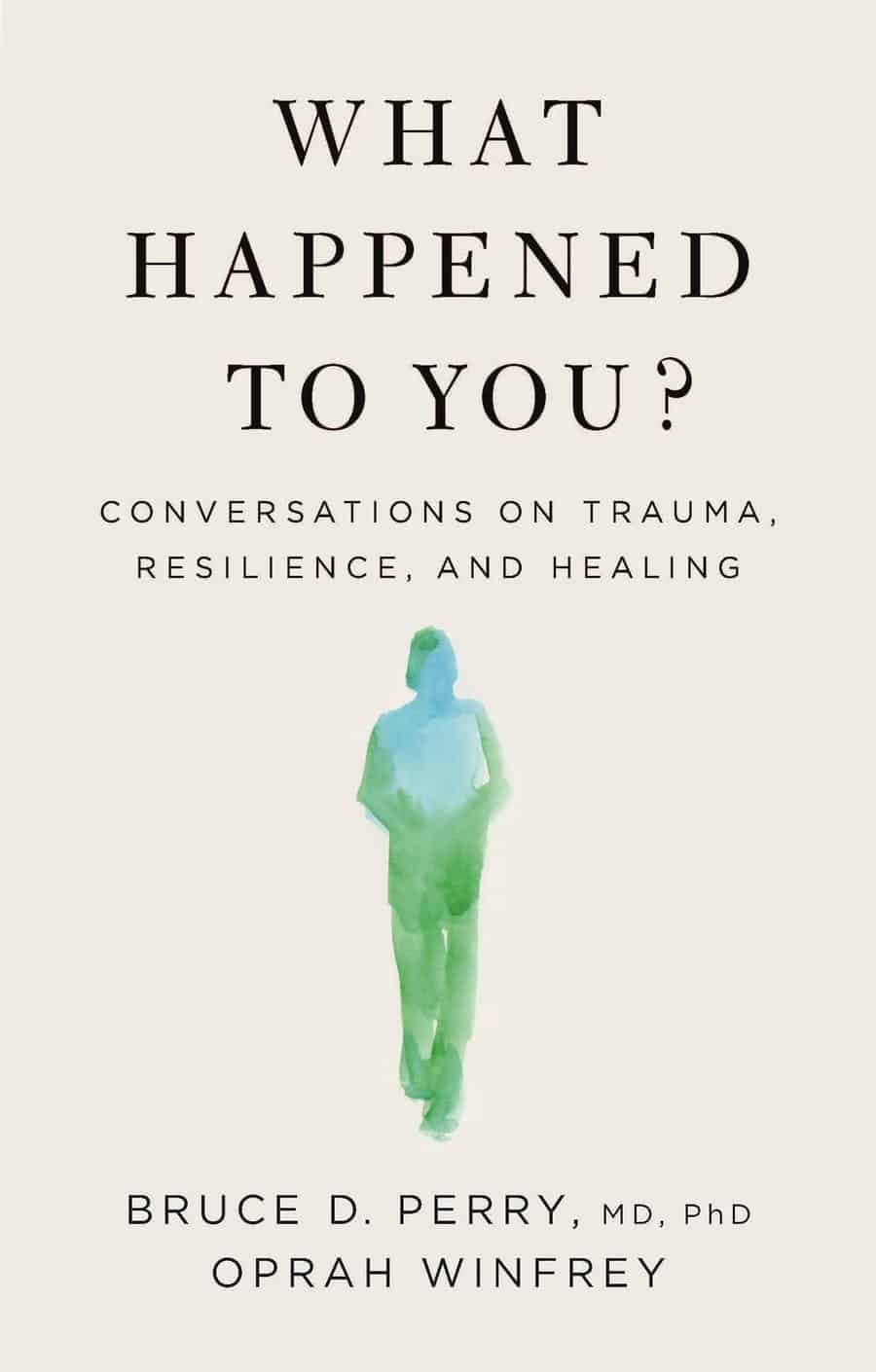Children’s Mental Health
Adverse Childhood Experiences (ACEs): Impact, Prevention, and Treatment
THC Editorial Team October 30, 2021
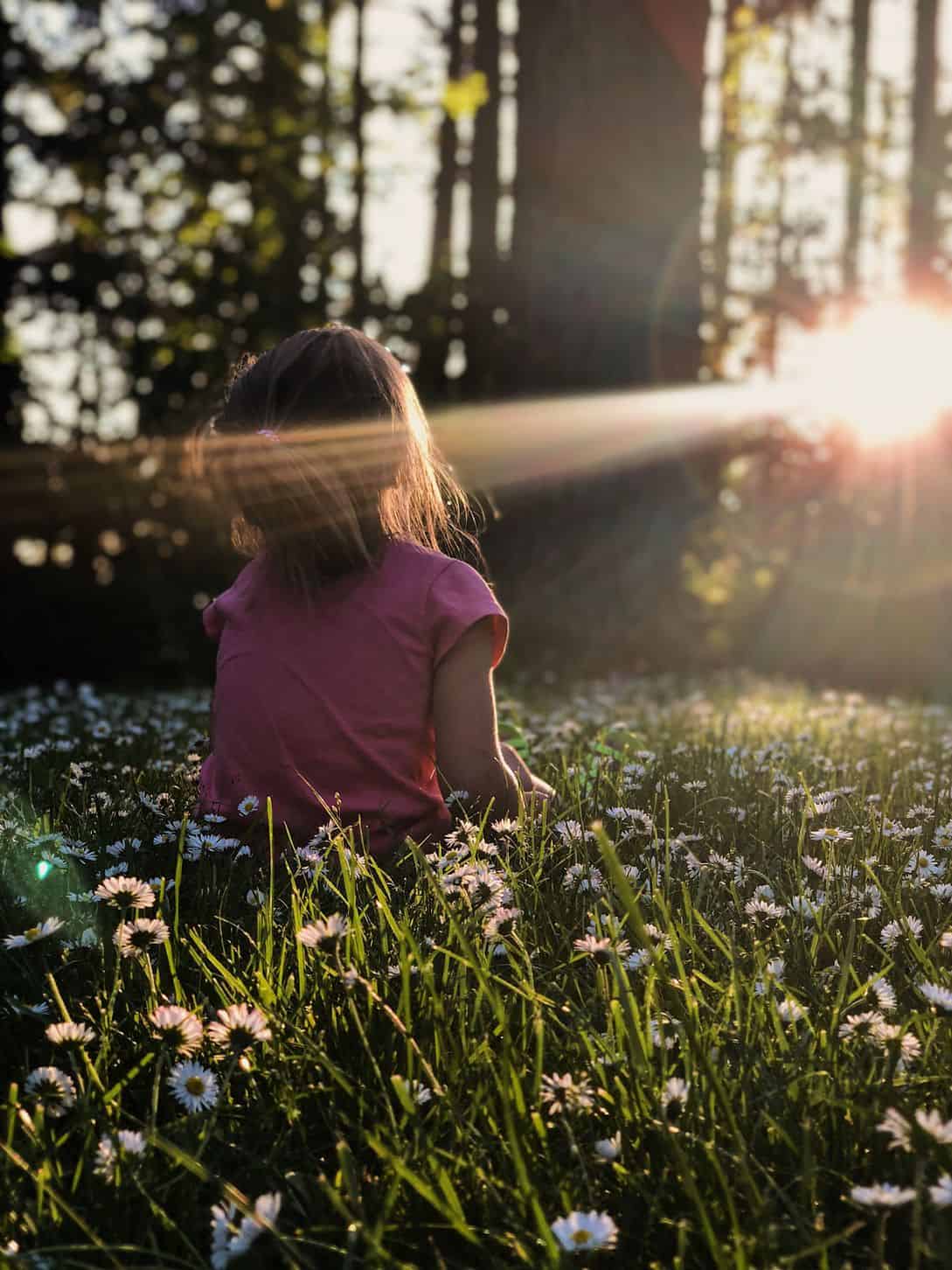
Contents
- Overview
- What Are Adverse Childhood Experiences?
- What Are Some Types of Adverse Childhood Experiences?
- How Do Adverse Childhood Experiences Potentially Impact a Person’s Health?
- What Are the Potential Impacts of Experiencing Adverse Childhood Experiences on a Person’s Life?
- What Are Potentially Effective Treatments for Adverse Childhood Experiences?
- Summary/Key Takeaways
People of all socioeconomic backgrounds can experience varying levels of trauma as children. In a single year, one billion children (ages 2–17) are estimated to have been exposed to some form of trauma.1 Traumatic experiences, including abuse, neglect, parental separation, and familial violence, can have a detrimental impact on children’s emotional health. Research has also demonstrated that these events, called adverse childhood experiences (ACEs), are also linked to poorer outcomes in adulthood and the development of a variety of physical and psychological conditions.2 By understanding the potential impact of ACEs, therapists, physicians, and others in the caring professions might be able to adjust their treatment protocols to address underlying causes of distress properly.
What Are Adverse Childhood Experiences?
The term “adverse childhood experiences” was coined by researchers from the Centers for Disease Control and Prevention and Kaiser Permanente.2 Between 1995 and 1997, utilizing the ACE Study Questionnaire, the researchers surveyed more than 13,000 members of a health management organization about their current health and behavioral choices as well as their childhood experiences. They grouped ACEs into seven categories, and based on the participants’ reports, analyzed the effects of those experiences on the participants’ health status, engagement in risk-taking behaviors, and disease. They found that experiencing ACEs as children correlated with increasing negative health and disease outcomes as adults. Adults who had experienced a greater number of ACEs as children had a significantly increased risk of health-related conditions when they were older.2
ACEs include different types of trauma that children might face within their homes before reaching the age of 18. Since the original study, many other studies have found that experiencing several ACEs can have a detrimental impact on the health and well-being of individuals when they become adults.3 One study of more than 48,000 adults found a strong relationship between ACEs and early morbidity factors; specifically, the study revealed an increased relationship between risky health choices and people who had experienced four or more ACEs in childhood.4
ACEs are estimated to affect 20% to 50% of all adults.5
What Are Some Types of Adverse Childhood Experiences?
In the original ACE Study Questionnaire, questions were categorized into the following types of adverse experiences:
- psychological abuse
- physical abuse
- sexual abuse
- violence against mother
- living with household members who were:
- substance abusers
- mentally ill or suicidal
- imprisoned
Affirmative responses to one or more questions in a category qualified as exposure to that particular ACE category.2
According to a recent analysis, the more ACEs a person experiences as a child, the likelier that he or she will engage in risky behavior and experience poor health outcomes and disease in adulthood.1
How Do Adverse Childhood Experiences Potentially Impact a Person’s Health?
ACEs are thought to affect a person’s health status by contributing to the development of health conditions and diseases primarily through two factors:6
- the long-term effects of various coping mechanisms a person utilizes as a result of ACE exposure, including smoking, overeating, substance abuse, and risky sexual behaviors
- prolonged exposure to toxic stress, causing the release of “chronic hypercortisolemia and proinflammatory cytokines”
What Are the Potential Impacts of Experiencing Adverse Childhood Experiences on a Person’s Life?
Numerous studies have found that people who have experienced multiple ACEs as children are likelier to experience a variety of diseases and poor health outcomes as adults.1
Some of the potential negative impacts of ACEs include increased risks for the following conditions:
- premature mortality7
- depression8
- anxiety
- alcohol abuse9
- substance abuse
- obesity10
- chronic obstructive pulmonary disease (COPD)11
- behavioral problems10
- learning difficulties10
- lower levels of adult education and employment12
- adult homelessness13
- adult criminality14
- frequent headaches in adults15
- risky sexual behavior16
- adolescent violence17
- sleep disturbances18
- increased hallucinations independent of substance use19
- attention-deficit/hyperactivity disorder in adolescence20
A recent study found an increasing, graded relationship between experiencing four or more ACEs and developing cardiovascular disease, depression, arthritis, COPD, and asthma. The researchers, who reviewed data from people across 14 U.S. states, found less correlation between experiencing four or more ACEs and diabetes or cancer.21
Another study found that ACEs were linked to experiencing early-onset chronic disease in young adulthood. The researchers looked at data from the Behavioral Risk Factor Surveillance System of 89,968 people from nine states from 2011 to 2012. They found that young adults with four or more reported ACEs were two to four times likelier to have early-onset cardiovascular disease, COPD, depression, cancer, prediabetes, or diabetes than their peers with no reported ACEs. They also found that the youngest respondents were the likeliest to report experiencing four or more ACEs.11
ACEs have also been linked with diminished mental well-being and increased mental illness among people in prison. In a study of incarcerated people in the U.K., researchers found that 84.2% had experienced at least one ACE, and 45.5% had experienced four or more ACEs. Prisoners who had experienced four or more ACEs were four times likelier to report mental health diagnoses and suicide attempts and 10 times likelier to report incidents of self-harm than those who reported experiencing no ACEs.22
What Are Potentially Effective Treatments for Adverse Childhood Experiences?
Treating individuals who have experienced ACEs may include some of the following methods:
- resilience building practices23,24
- cognitive-behavioral therapy and other highly studied and supported forms of psychotherapy
- trauma-informed care25
- play therapy26
- equine assisted psychotherapy (EAP)27
- heart rate variability biofeedback and intero-nociceptive exposure therapy28
- expressive writing therapy29
- mindfulness-based therapies29
- spending time in nature30
- building self-regulation capabilities31
One study, using data from the 2011–12 National Survey of Children’s Health, assessed associations between ACEs and children’s development and lifelong health. They concluded that building resilience, which they defined as “staying calm and in control when faced with a challenge,” was associated with greater school engagement in children aged 6 to 17 years. They also noted that children who received care in a “family-centered medical home” demonstrated more resilience.24
A comprehensive analysis of systematic reviews published in 2020 found that the most effective psychotherapeutic approach for treating people who have experienced ACEs is cognitive-behavioral therapy rather than broad support interventions, parental training, or other psychotherapeutic approaches. They found that psychodynamic therapy, family therapy, and motivational interviewing were not effective. However, cognitive-behavioral therapy demonstrated an improvement in mental health outcomes for people who had experienced childhood trauma.31 The researchers also found that there are substantial gaps in the research on effective interventions for exposure to ACEs.
Health care providers are encouraged to use a trauma-informed care approach to treating people with ACEs, to recognize that adults with certain types of diseases may have experienced ACEs as children, and to conduct trauma-informed interviews to identify these types of experiences in childhood. Mind-body techniques, including mindfulness, relaxation techniques, biofeedback, and guided imagery, can then be used to help people address toxic stress from ACEs that may be impacting their health and behavioral choices as adults.32
Summary/Key Takeaways
According to Vincent Felitti, one of the original ACE study’s authors, “…what happens in childhood—like a child’s footprints in wet cement—commonly lasts throughout life. . . . Time does not heal; time conceals.”6
Many people have experienced ACEs as children. Exposure to ACEs increases the likelihood of risk-taking behavior, mental health conditions, substance abuse, and the development of chronic disease. Addressing childhood trauma through therapeutic methods might help people make healthier choices and heal from their traumatic experiences.












